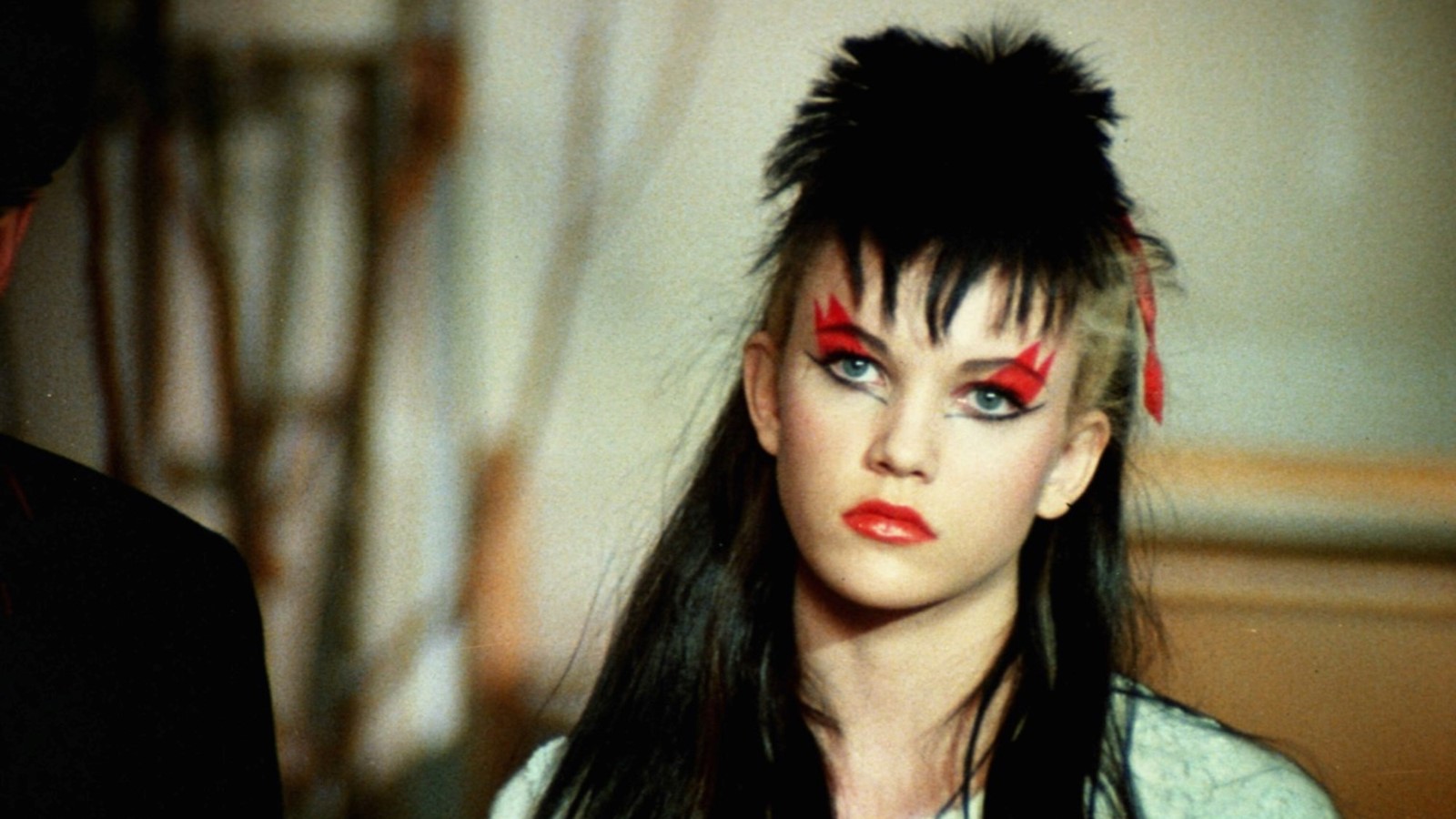Girlhood Studies: How has visual culture shaped ideas of female adolescence? In the third season of her AnOthermag.com column, Claire Marie Healy tells the story of girlhood through clothes.
In the second-ever episode of the MTV series Daria, the titular lead is unexpectedly invited to a party, where, on the other side of the room, some popular girls assess her appearance (including my favourite, Tiffany). “What‘s with the girl with the glasses?” she asks. “Her face looks weird … all the same colour.” “She’s not wearing make-up,” another responds, and they let out a communal shudder.
The joke is that they’re cartoons, but the idea of a make-up-free face with a couple of lines to indicate the eyes rings true for early forays into beauty; those girls for whom, for a few years at least, a kohl eyeliner pencil is the only tool in their employ. My friends and I have marvelled at this before: how, in old photos at school discos and concerts, we’re always wearing heavy black eyeliner without considering the shine and spots on our faces. At school, we liked to line the rims of our eyes; at gigs, we were matching ‘Twiggys’, carefully drawing fake lash lines down from the eye, before sweat inevitably smudged our efforts.
Cheap and accessible, the kohl pencil is the gateway tool to self-definition – carefully drawing inside your lines – if not exactly self-improvement. One need only glance at Topshop campaigns from the 2000s, in which clearly adolescent girls possess sooty stares, to understand the influence my generation was under.
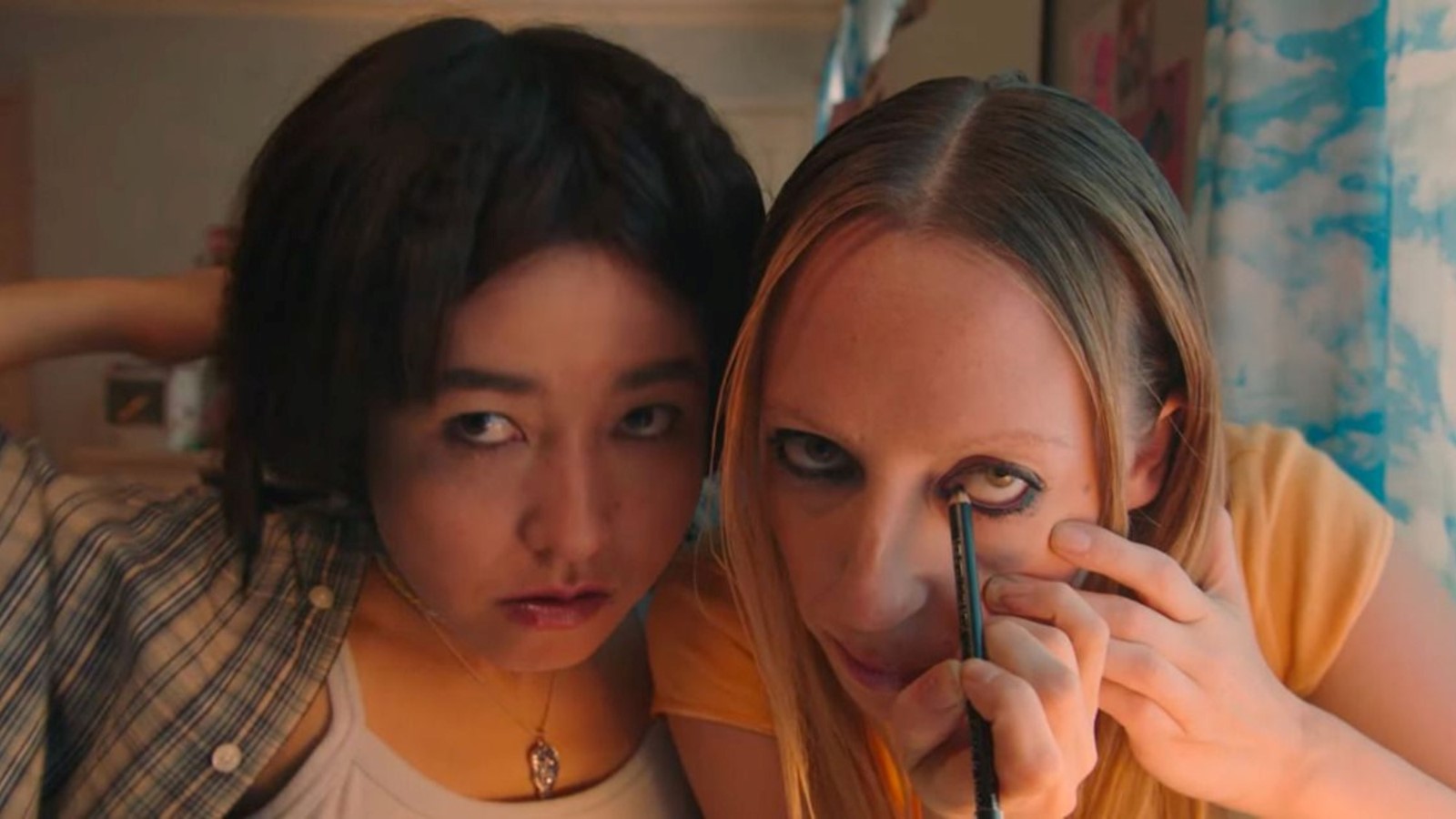
For us, it was a time before more precise transformations like liquid liner or contouring brushes; instead, we filled in what was already there, however unsuccessfully. Two women who recognise the distance between desire and reality when it comes to early make-up experiments are Maya Erskine and Anna Konkle, who play themselves as 13-year-olds during the early aughts in their show PEN15, which premiered in 2019.
Here, the girls apply heavy black eyeliner when they form a plan to meet up with grungier, cooler girls from school. The sequence shows them wincing as they line as close to the eyeball as possible and (pretend to) smoke a single cigarette they found. In light of the standard industry practice of casting 25-year-olds as 16-year-olds in high school dramas, PEN15’s casting feels even more like a stroke of genius. By awkwardly hybridising the bad make-up of turn-of-the-millennium girlhoods – cheap glitter, lip-gloss etc – with the actor’s normal skin as women in their thirties, the protagonists actually feel more believably teenage.
Such a sequence is worlds away from most make-up tutorials on TikTok and Instagram, which analyse techniques and faces in overwhelming detail. Not only does every tip and trick have a clearly-defined purpose – to look like Bella Hadid, or to change your face shape altogether – but materialism reigns. Whether the ‘creator’ is showing off an expensive product or a budget dupe, the emphasis is always on a combination of specific purchases: on having as well as doing. As Casey Lewis – whose Substack newsletter After School chronicled the “hauls” of TikTokers over the Christmas period – has pointed out, maybe these clips are just a replacement for magazine product pages. “I think if I had watched these videos when I was 15, I would devolve into a fog of envy and inadequacy, not unlike the feeling I got when I spent too much time reading Teen Vogue back in the day.” (Though, I would argue that an infinite revolving door of white, conventionally pretty users doing show-and-tell on phone screens must gain purchase on young minds in a significantly different way than a sole magazine.)
@vvioletivy Did I do this right
♬ original sound - Amanda Clayton
But even on TikTok, where the algorithm’s forced flatness has been well-documented, eyeliner pencil throws up some intriguing results. Last year, the ‘four dot trick’ brought beauty tutorials into a witchier arena: professing to cause people to fall in love with you through the positioning of daubed eyeliner dots. I’m more hypnotised by the application of kohl pencil on users’ under eyes on the app, which, compared to more slick tutorials, literally necessitates the girl in question to stick a pencil in her eye. In such moments, the girls’ eyes roll back, twitch and begin to water. It’s like a glitch in the perfect machine.
Seeing as kohl is one of the oldest forms of make-up, a certain alignment with a sense of ancientness makes sense. In Ancient Egypt, kohl was used to exaggerate the eyes: made from either green malachite or black galena (lead), it was mixed with animal fats and then applied to the eyes using a small stick (you can see the applicators in various museums, like this one). This traditional kind of kohl – rather than the ‘kohl’ or ‘kajal’ eyeliner pencils more familiar to us today – is used cosmetically in Arabic and Indian cultures to this day, though its lead sulfite content makes it controversial. On film, in Satyajit Ray’s 1955 feature Pather Panchali (set in early 20th-century rural Bengal), the director lenses rebellious teenager Durga applying kohl to her eyes with her fingers, first under one eye and then the other.
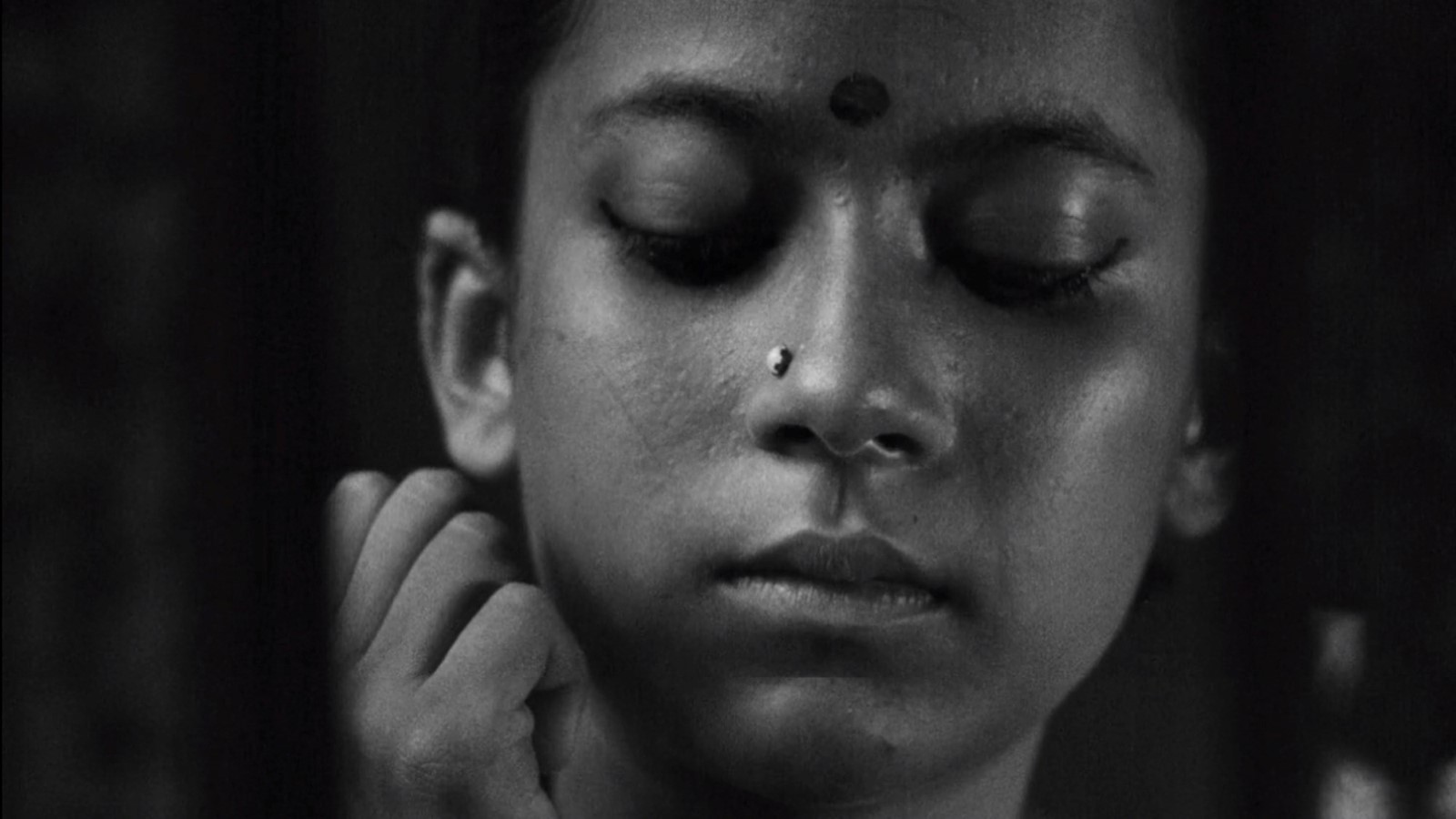
In the context of the character’s journey in the film, the moment feels significant. Ray places this sequence right after Durga has watched the wedding preparations of her friend, and right before the first rains of the monsoon; weather that will, ultimately, lead to her death. In some Indian, Pakistani and Afghanistan communities, kohl is applied to children to ward off the evil eye – watching Durga apply her own, we think about how she seems to be on the verge of womanhood, and just a few beats later, we realise she will never make it.
In punk culture, eyeliner is invested with a different kind of protection; for teenage girls, it’s more akin to warpaint. There’s a ritual to the process that’s like preparing for battle – as in Ladies and Gentlemen, The Fabulous Stains (1982), in which that battle paint produces a teen girl army.
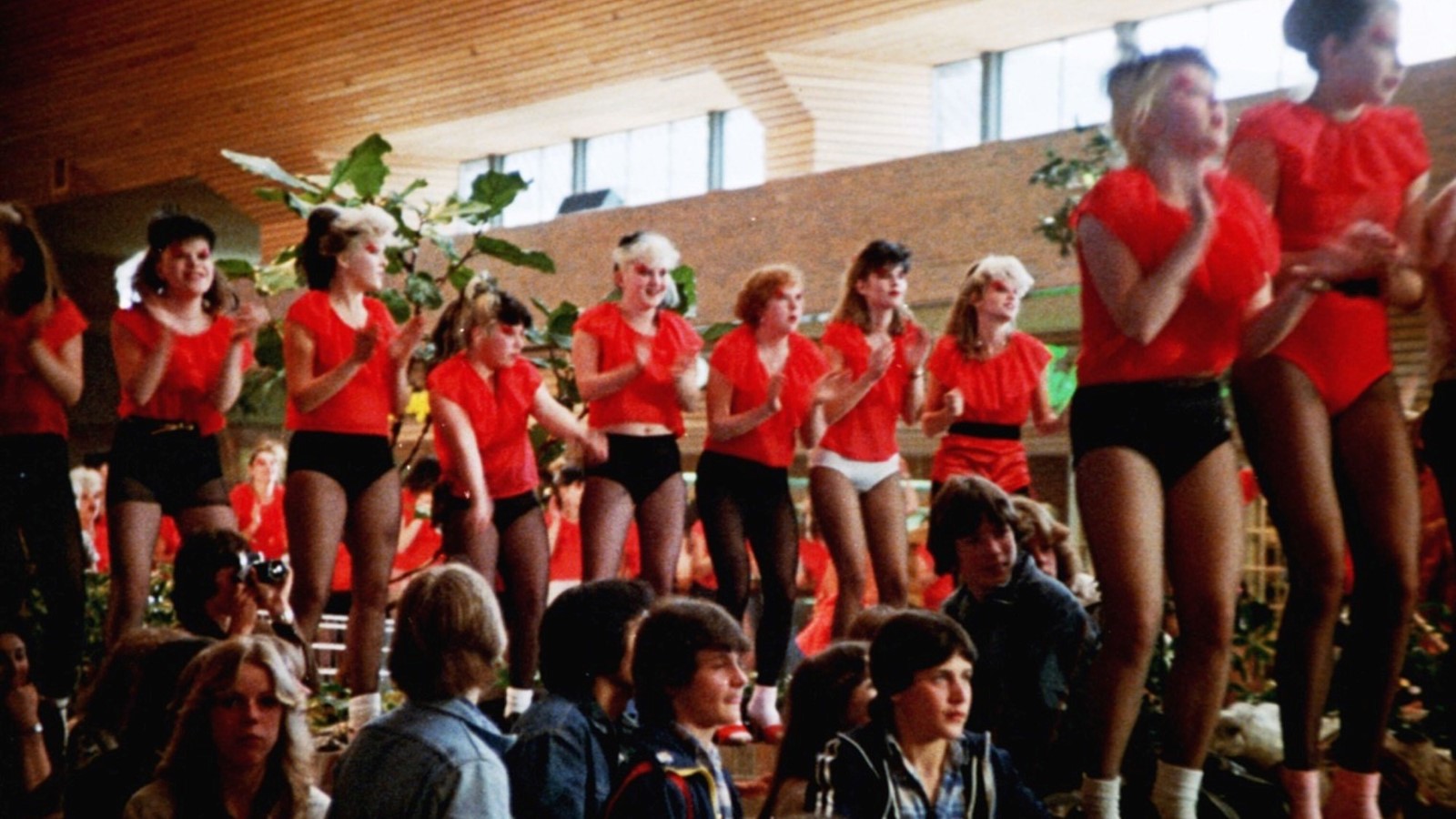
It all begins with a red eyeliner pencil. In the opening sequence of the film, Corinne Burns – played by Diane Lane – is interviewed in her home by a TV pundit. The set-up is classic Good Morning America moral panic banality; one thinks of the Club Kids, or supposed satanic cult members, who appeared on a daytime chat show sofas in the decade. In the scene, Corinne answers the pundit’s questions in a manner so deadpan, she sounds like she’s reciting bad poetry. Meanwhile, she introduces herself and her bandmates: “I’m Third Degree Burns, lead singer of the Stains … on lead guitar, Dee Pleated, on bass, Dizzy Heights” (the latter is played by then-newcomer Laura Dern). While talking, Corinne pretends to smoke two cigarettes at once, and does her make-up: two bright red lines, drawn with pencil.
Corinne’s steady hands already transform the character, in our eyes, into pure image: a poster girl for punk.

I say image, because Corinne’s punk credentials are soon revealed as surface alone. As the film progresses and the band’s fame increases, clues are dropped as to the girls’ actual lack of musical talent, or a defined point-of-view – right up to the point where the crowd turns against them. The Fabulous Stains is one of a few films from this era that looked to capitalise on the rising Punk/New Wave scenes: another is Times Square (1980), with Tim Curry as a radio DJ soundtracking the exploits of two teenage runaways. As such, watching the girls transform through make-up in these films feels like a reversal of the classic makeover sequence normally associated with teen movies, instead creating a kind of “make under” – in which a formerly good girl becomes louder, scruffier, and more punk rock.
I like these films as a counterpoint to the classical makeover sequence of teen movies: like The Princess Diaries, or A Cinderella Story. But the transformation can be just as shallow. Corinne’s red eyeliner may accidentally spark a movement among young teenage girls, but in a hastily tacked-on ending, the characters are later shown to have found success as MTV pop stars more along the lines of Bananarama; in Times Square, the lacklustre final cut had most of the lesbian scenes removed to make the film more commercially viable. (The competing visions behind the making of each of these films deserve their own column). But even these flawed works become powerful when circulated in the hands of teenage girls: as Melissa Anderson writes in 4 Columns, the little-seen Stains film was still a midnight movie often enough to “have a profound influence on bands like Bratmobile and other essential acts in riot grrrl, the genre that most successfully combined feminism and punk.”
If such efforts to make commercially-viable punk films in the early 1980s blew the bottom out of the movement’s authenticity, network television of the aughts distils a formula of teen girl rebellion into a form so pure, there is little surface residue on the resulting sheen. On mid-2000s television, teenage girls with faces as angelic as Diane Lane’s also become morphed by a little eyeliner and a whole lot of television tropes: just think of Jenny ‘little J’ Humphrey in Gossip Girl, and Mischa Barton as Marissa Cooper in The O.C. These are shows that achieve their own kind of flatness for their heroines: worlds in which ODing, dating girls, shooting a gun, sleeping around, and running away from home are plot points slicked on as smoothly and speedily as applying black eyeliner (or, as in Marissa’s best rock show look, crimping your hair). As Samantha Collings writes of the makeovers that girls undergo in mainstream teen films, we don’t bear witness to “the idea of unrestricted alternatives and possibilities” of a true metamorphosis; rather, these changes “involve an underlying fixity … change that continually shifts but goes nowhere.”
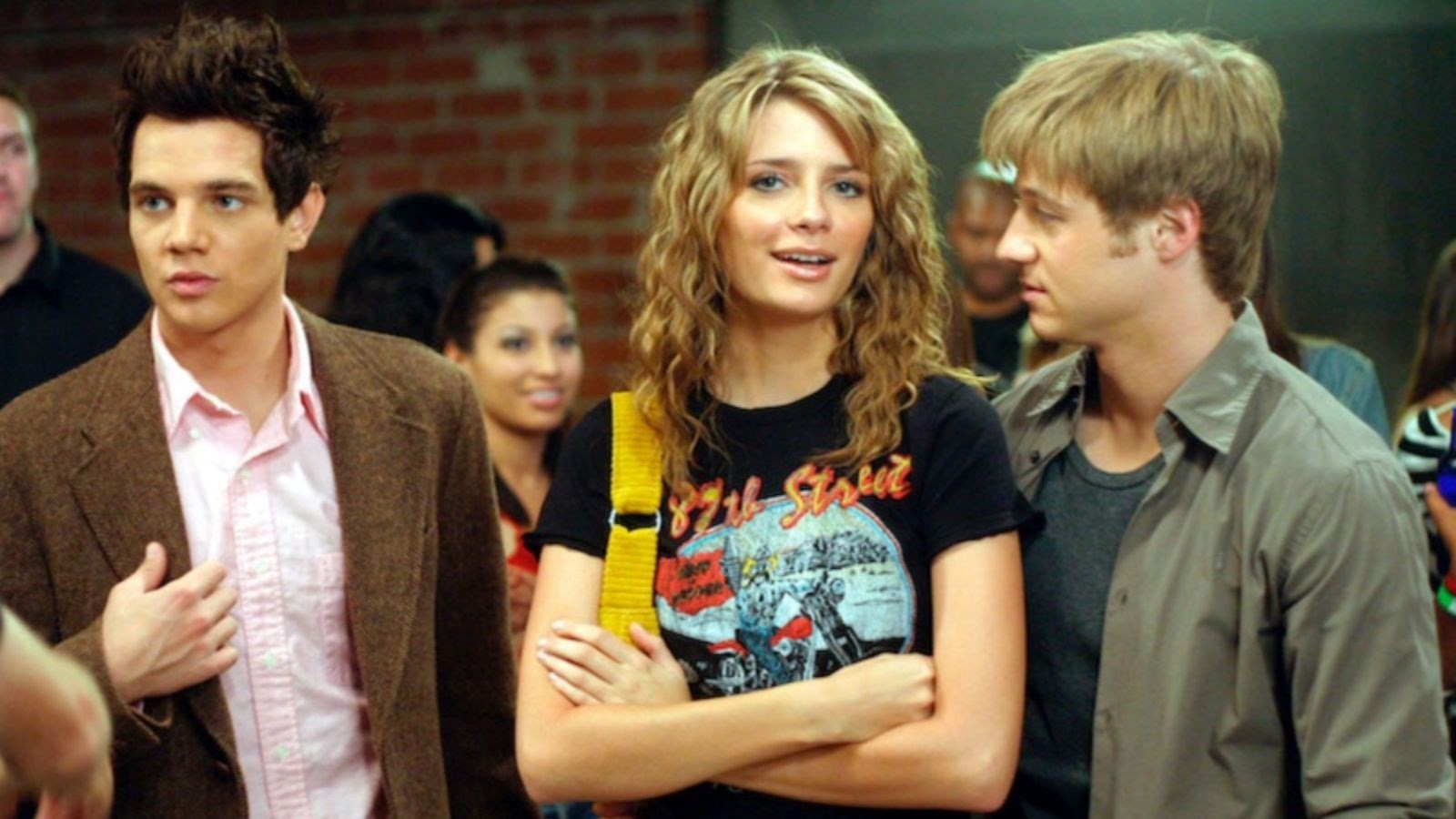
In Nan Goldin’s photographs of her friends and community made throughout her career, lining the eyes is instead one step in a process of becoming that is actually profound. Unlike the youth-oriented movies being made in the same era where being young, queer and homeless is soundtracked by a double-disc special, and nothing bad can really ever happen, Goldin’s body of work is her ongoing tribute to real lives, lived: with all the difficulty that goes along with the effort to transform, and to be continually reborn when night comes.
In the recent documentary by Laura Poitras on Goldin’s life, community and fight against the Sacklers, we are taken back to the photographer’s early years in Boston, where, aged 19, she moved in with a group of drag queens and started taking their picture: often at home getting ready in vintage dresses, or at a drag bar they frequented called The Other Side. (“The relationships that have mattered the most to me for probably my whole life have been my friends”, Goldin’s voiceover tells us). One friend from that time was roommate Bea, who does her make-up in a hand-held mirror in one 1973 photograph – one of many compositions of Goldin’s that seem to show figures searching for themselves in reflections. (I’ll Be Your Mirror is the name of a 1996 career survey of Goldin’s work at the Whitney Museum). In a composition of muted tones, the glossy red of the lip and the tip of the applicator are little beacons; Bea’s face glows like a film star’s. That the applicator isn’t eyeliner in this case is besides the point; Goldin’s friend is drawing to define herself. For Goldin’s cast of characters, make-up is one of the first steps in not just posing for the camera, but the overall performance that is living.
Online, recently, I’ve noticed the beginnings of a counter-current to slick beauty hacks. Musicians like Sabrina Fuentes and Grace Ives are bringing back messy beauty that speaks to a generation that wants to care less, or at least wants to look like they do. And the usual teenage beauty influencers are these days faking nervousness as they show off new eyeliner tricks: advice that usually begins with an unsightly splotch of eyeliner all over the face.
Even if that mess is more often a means to an end – that is, a conclusively made-up face – at least the process of getting there is becoming a little more smudged, and a little less-defined. A bit like the fiction that is the Fabulous Stains, curated messiness still feels better than none at all.
